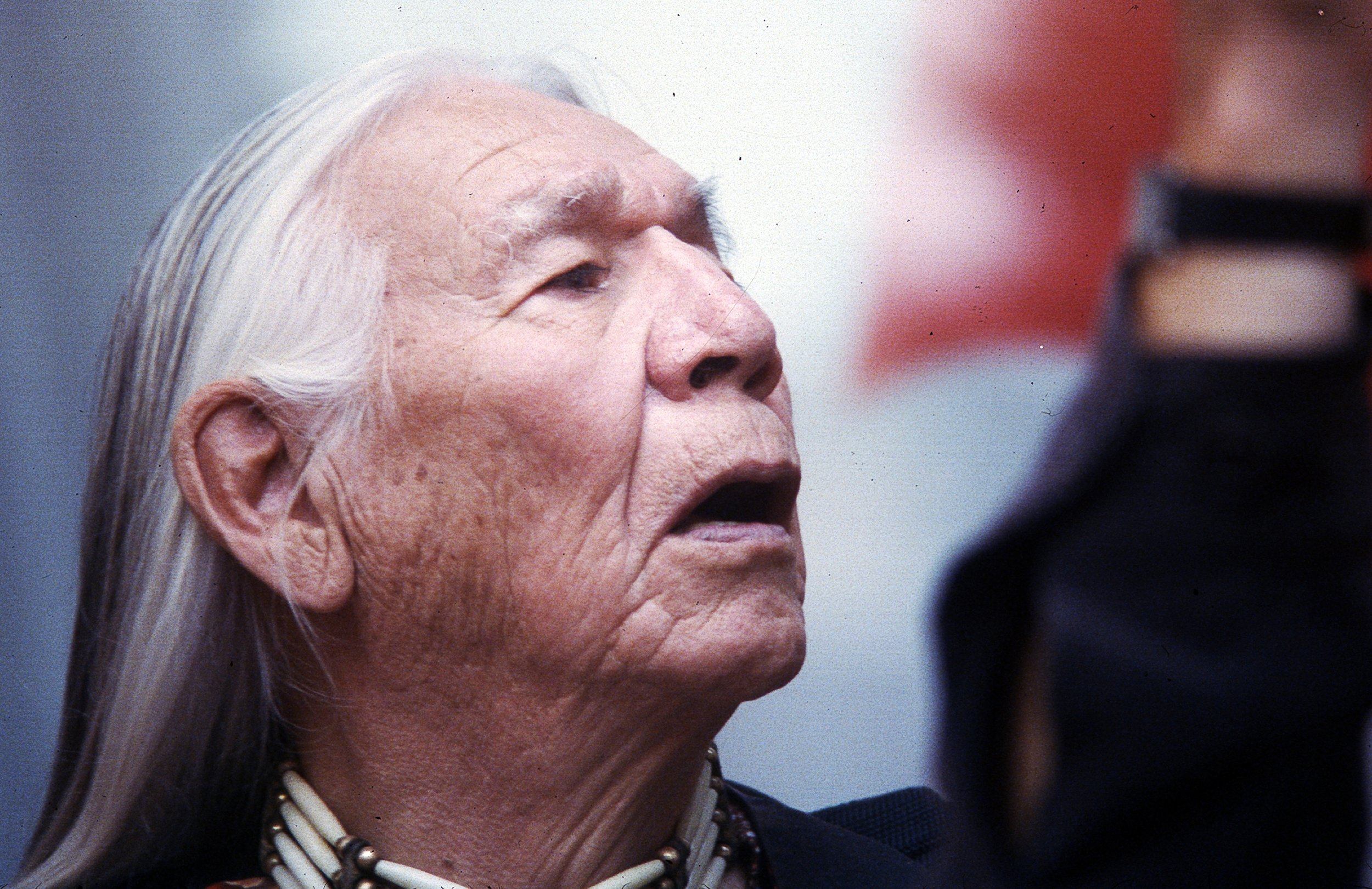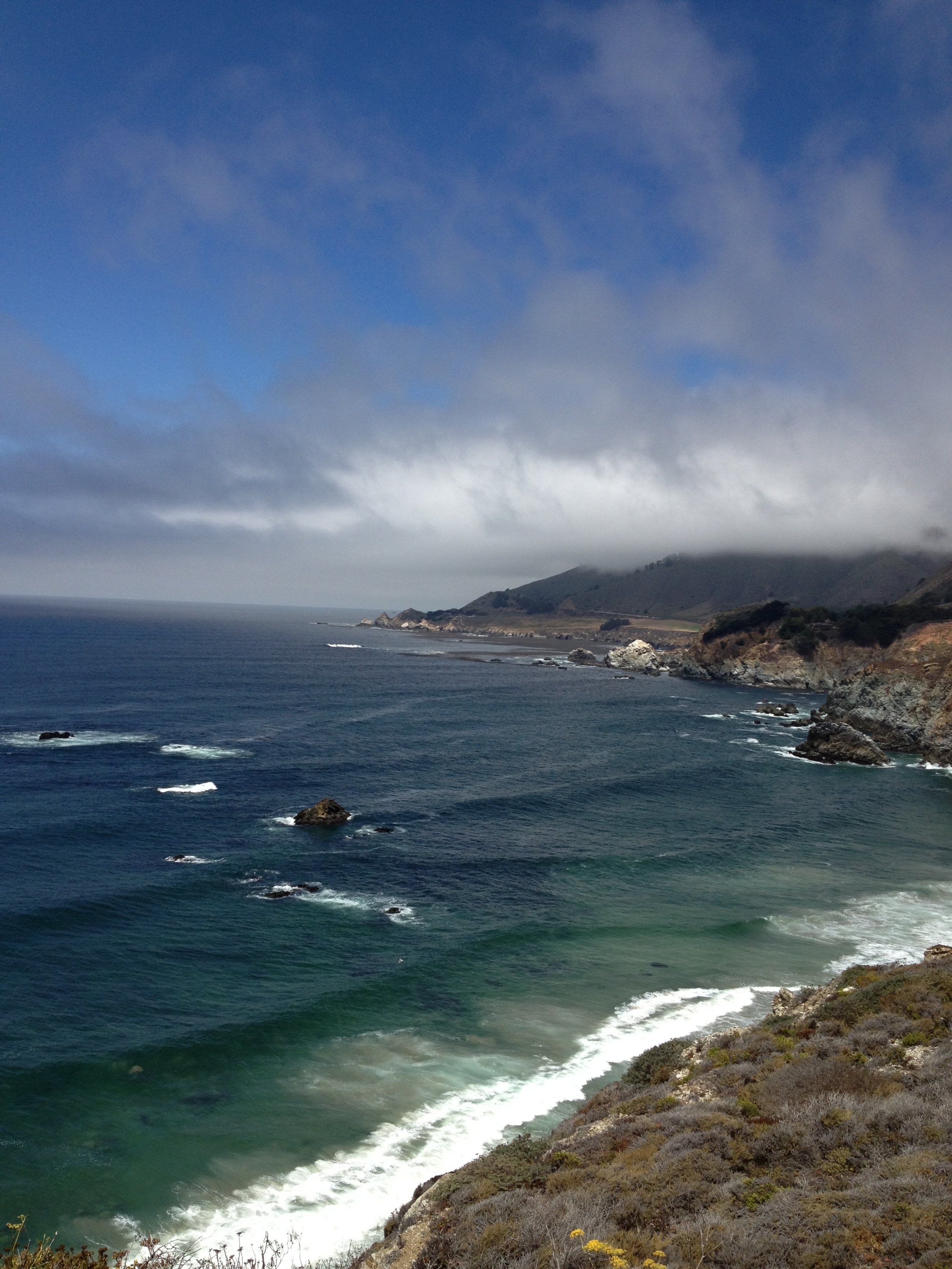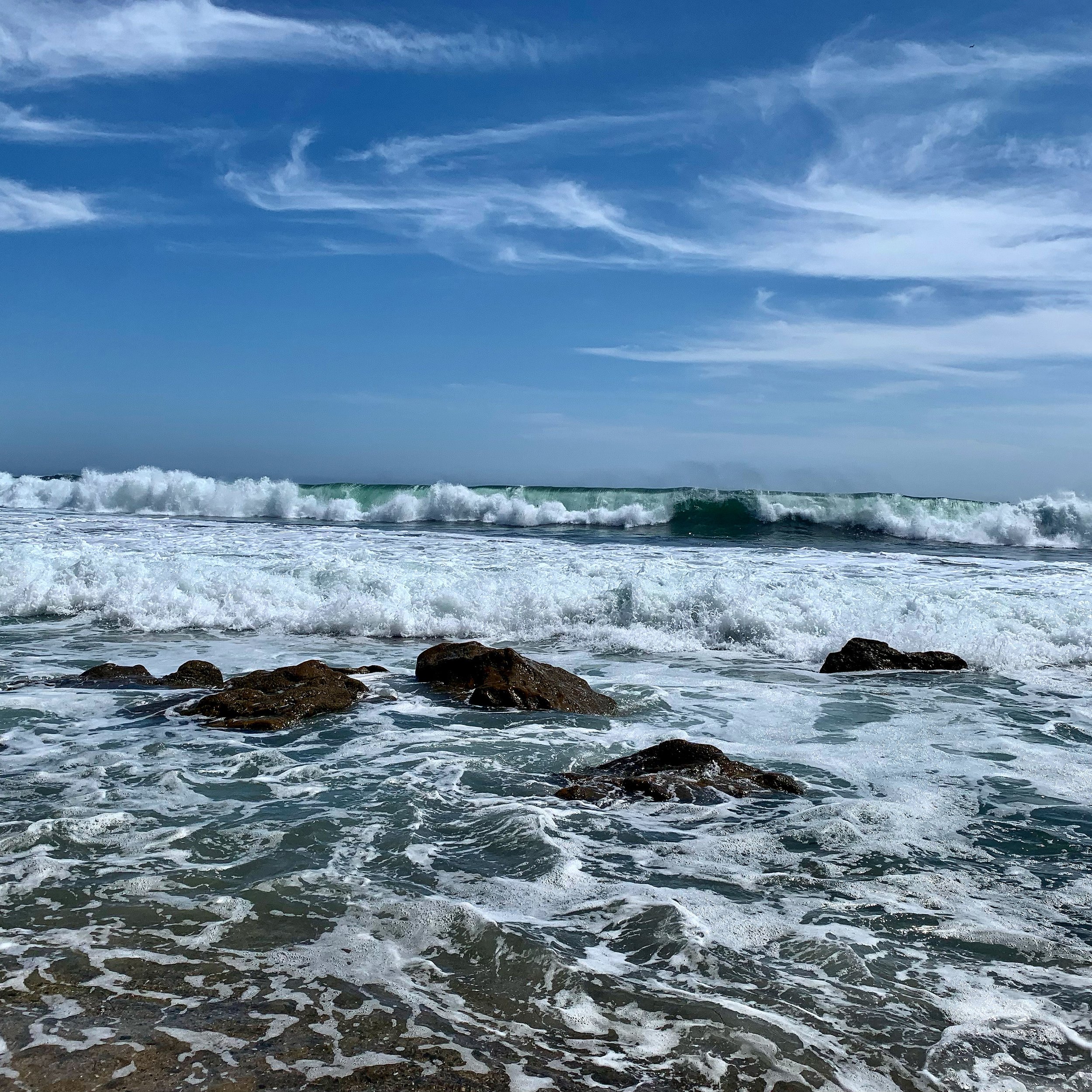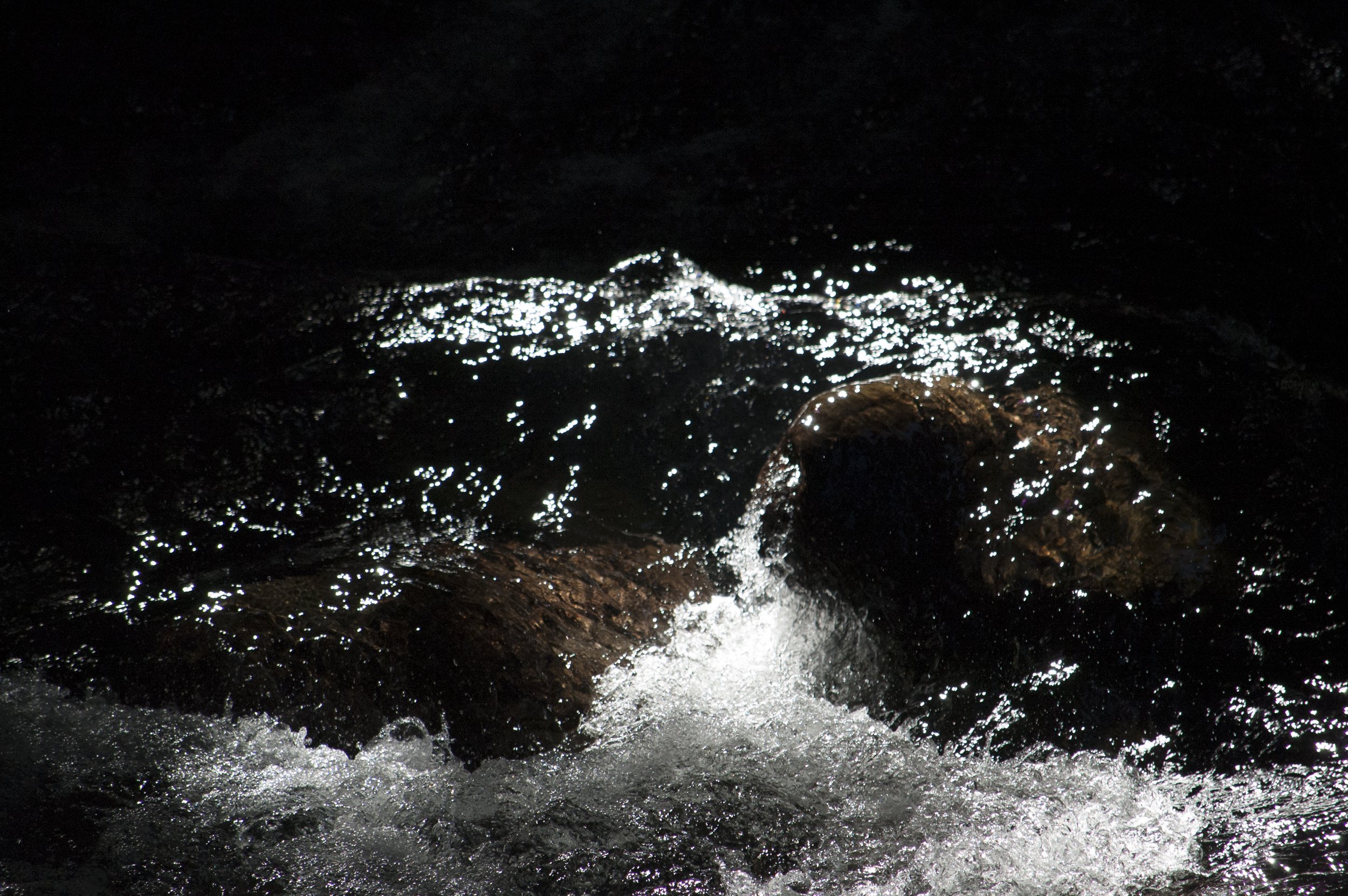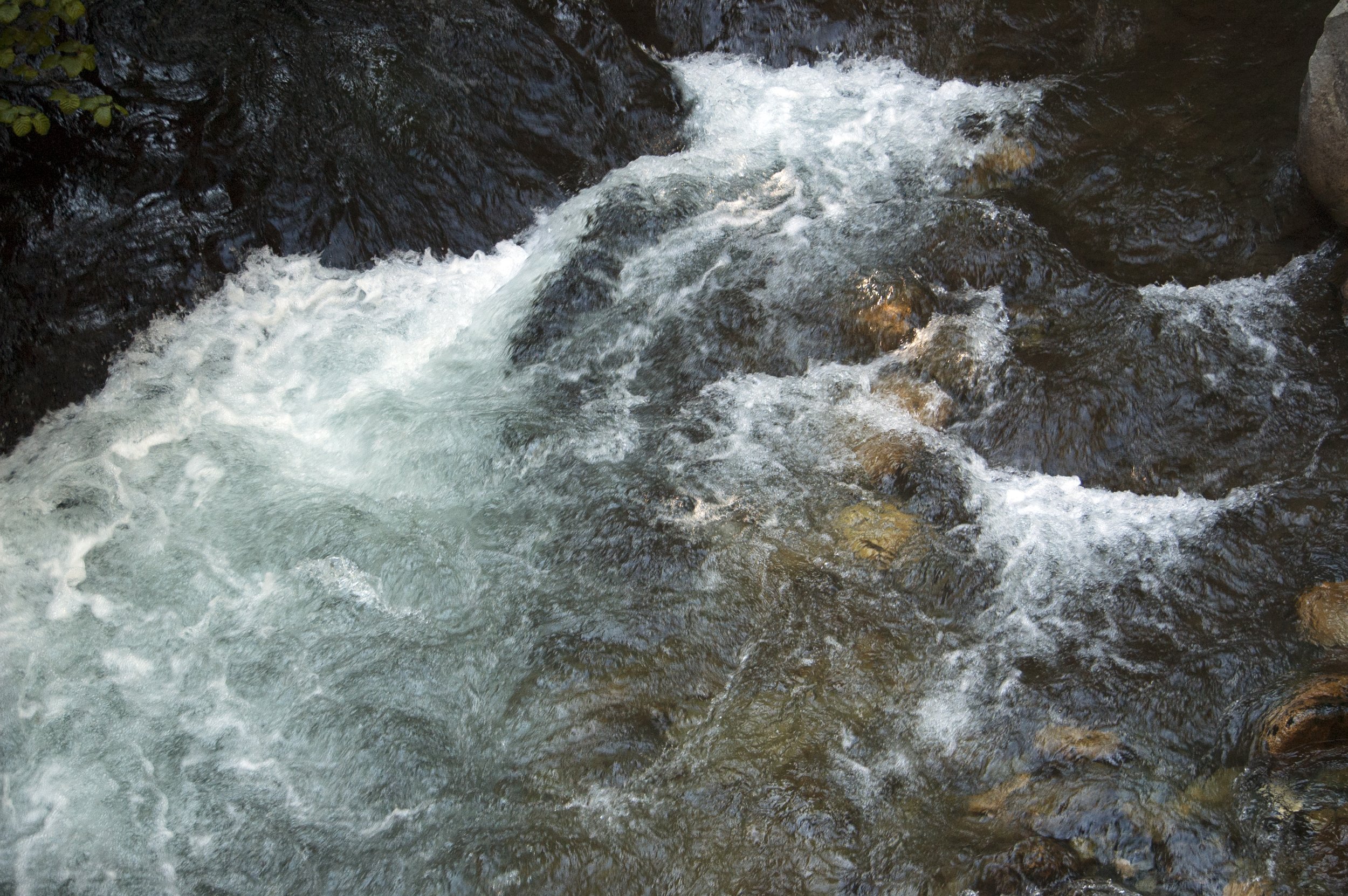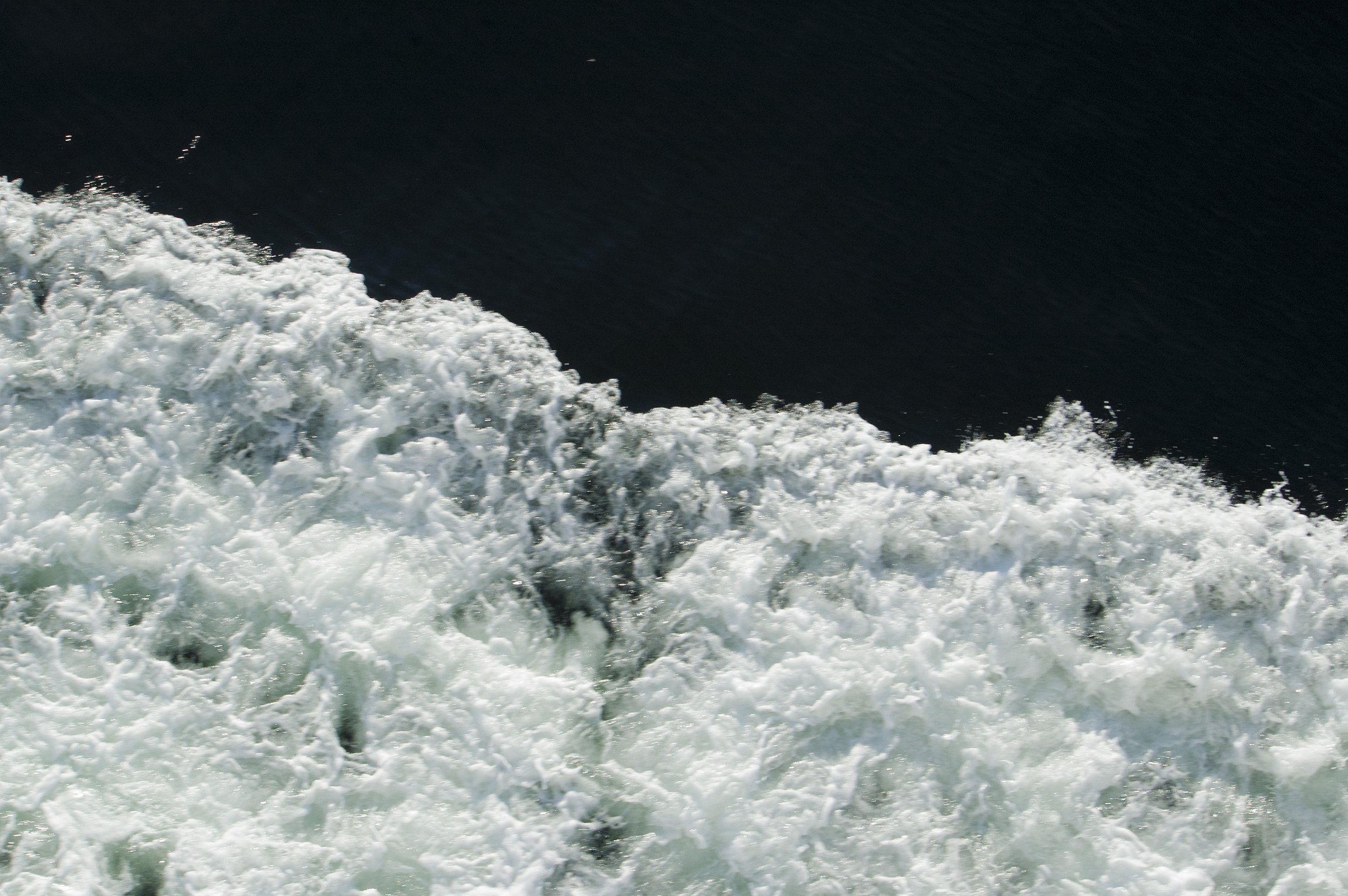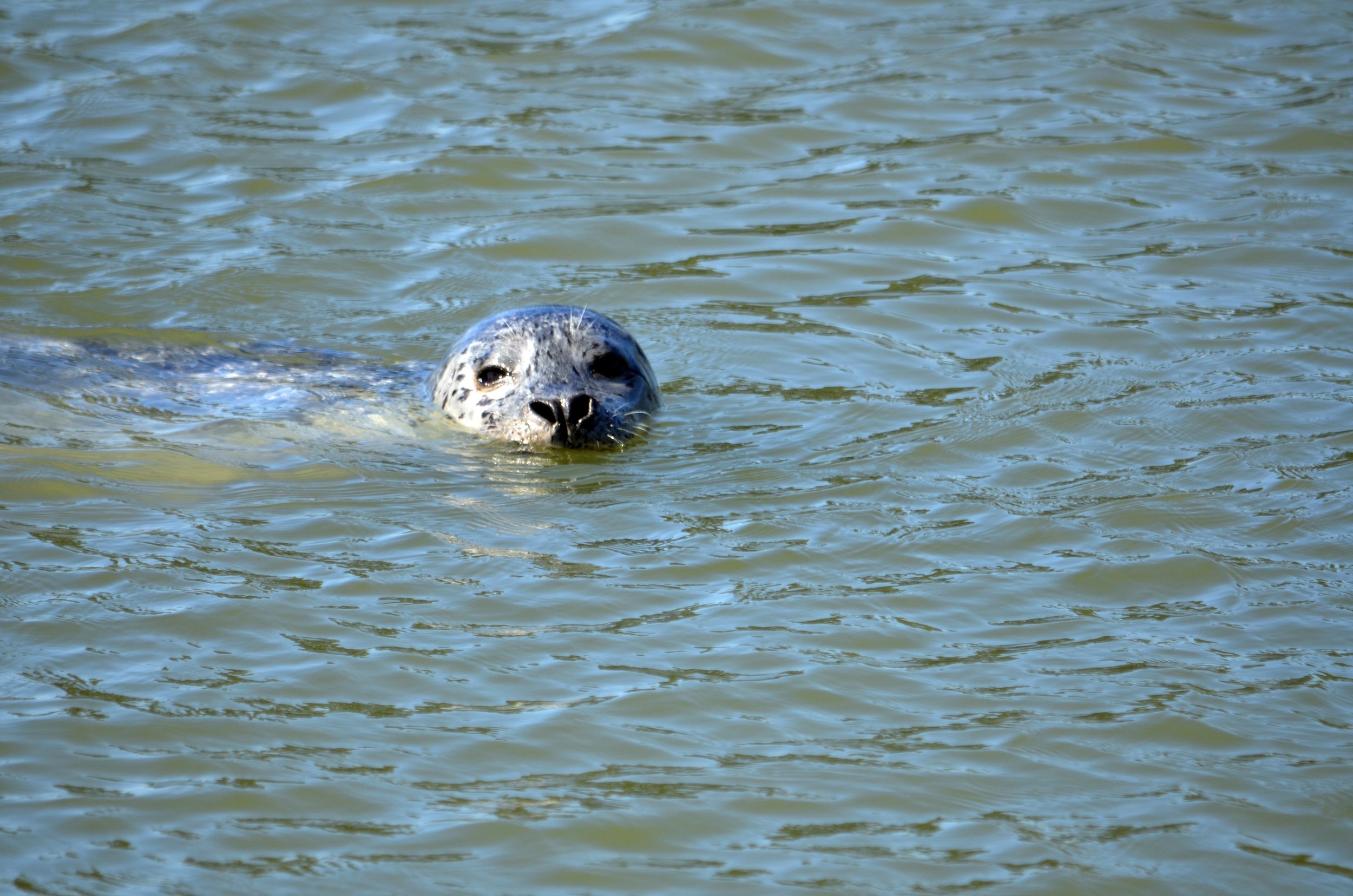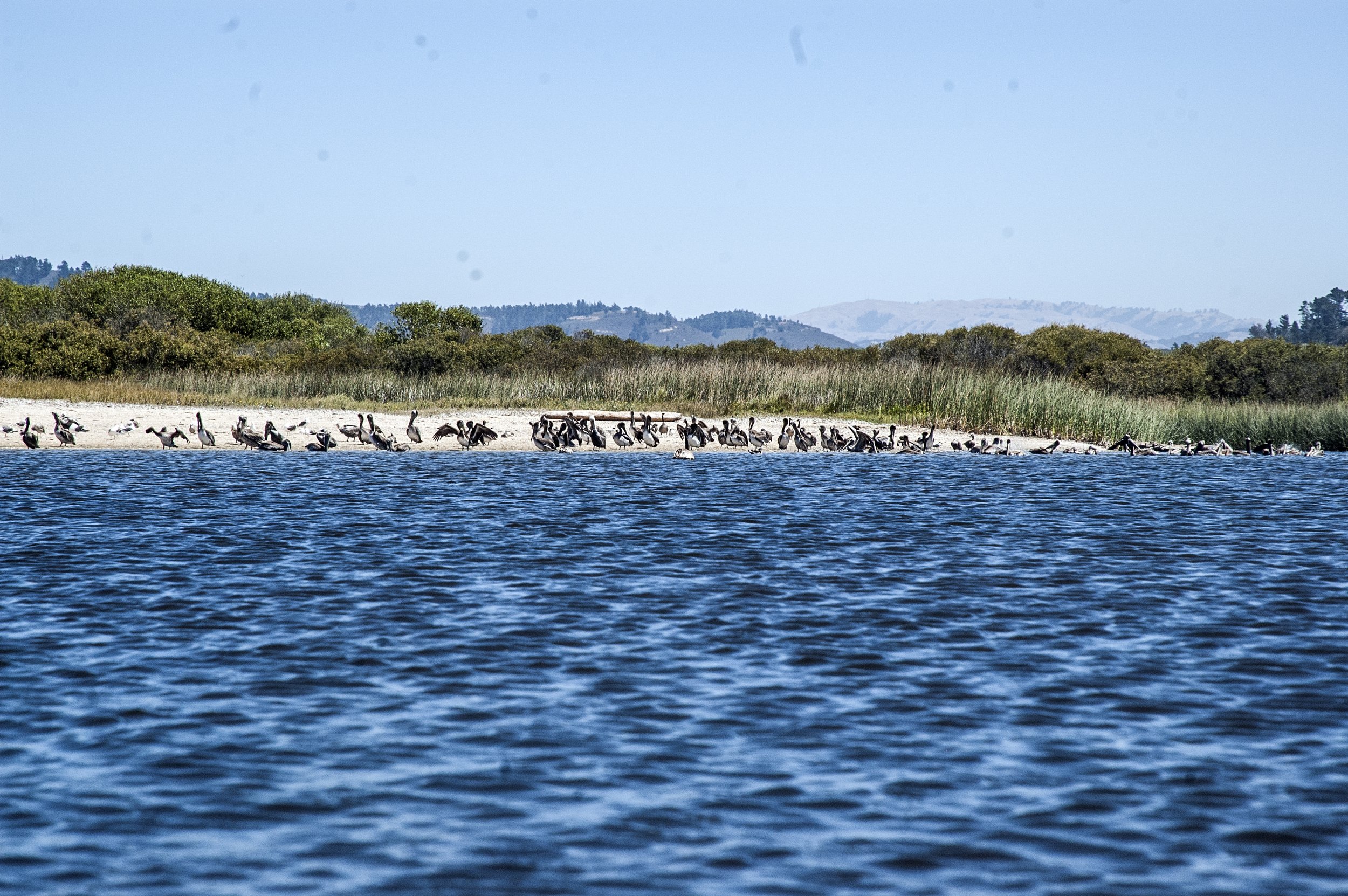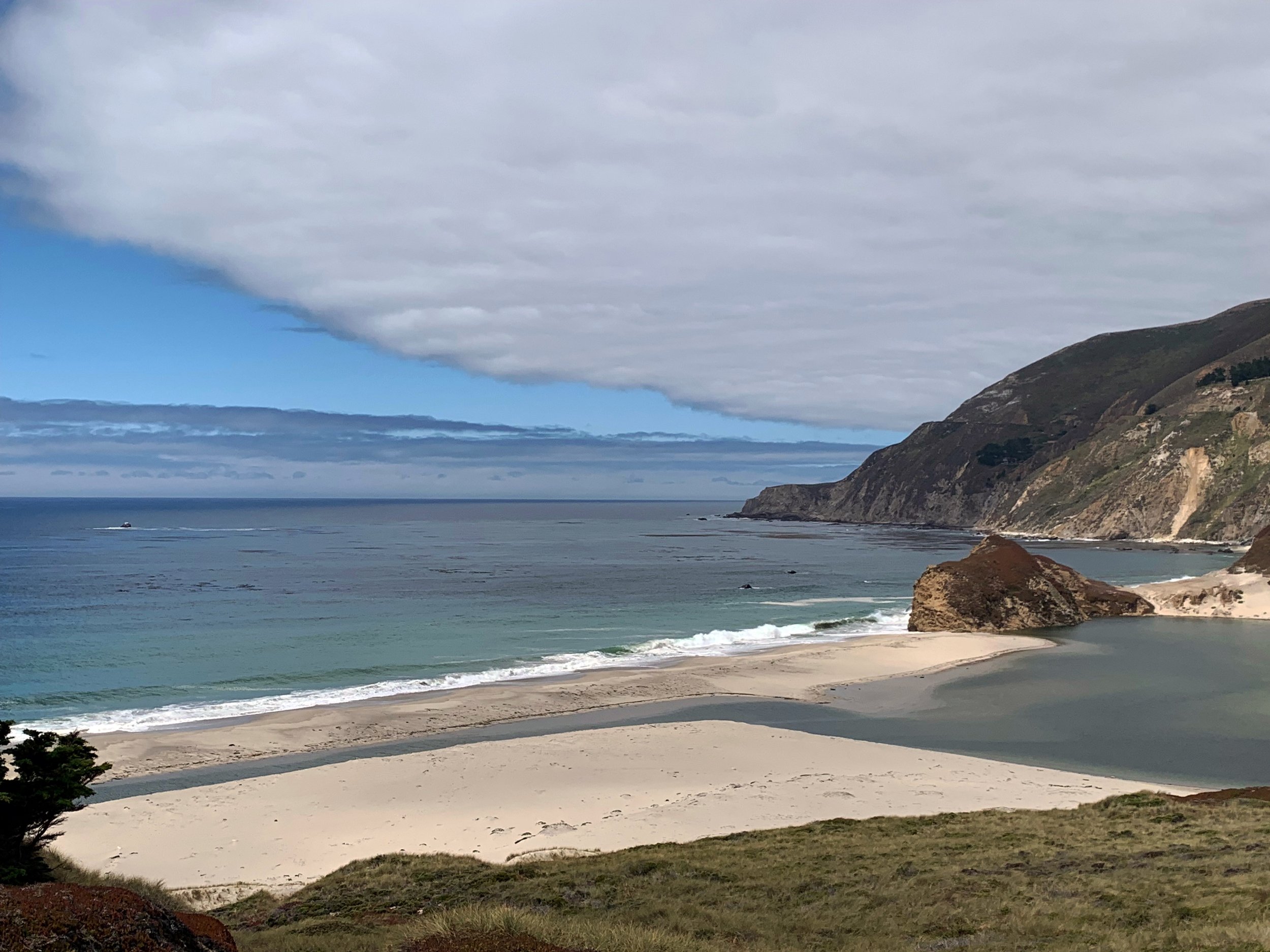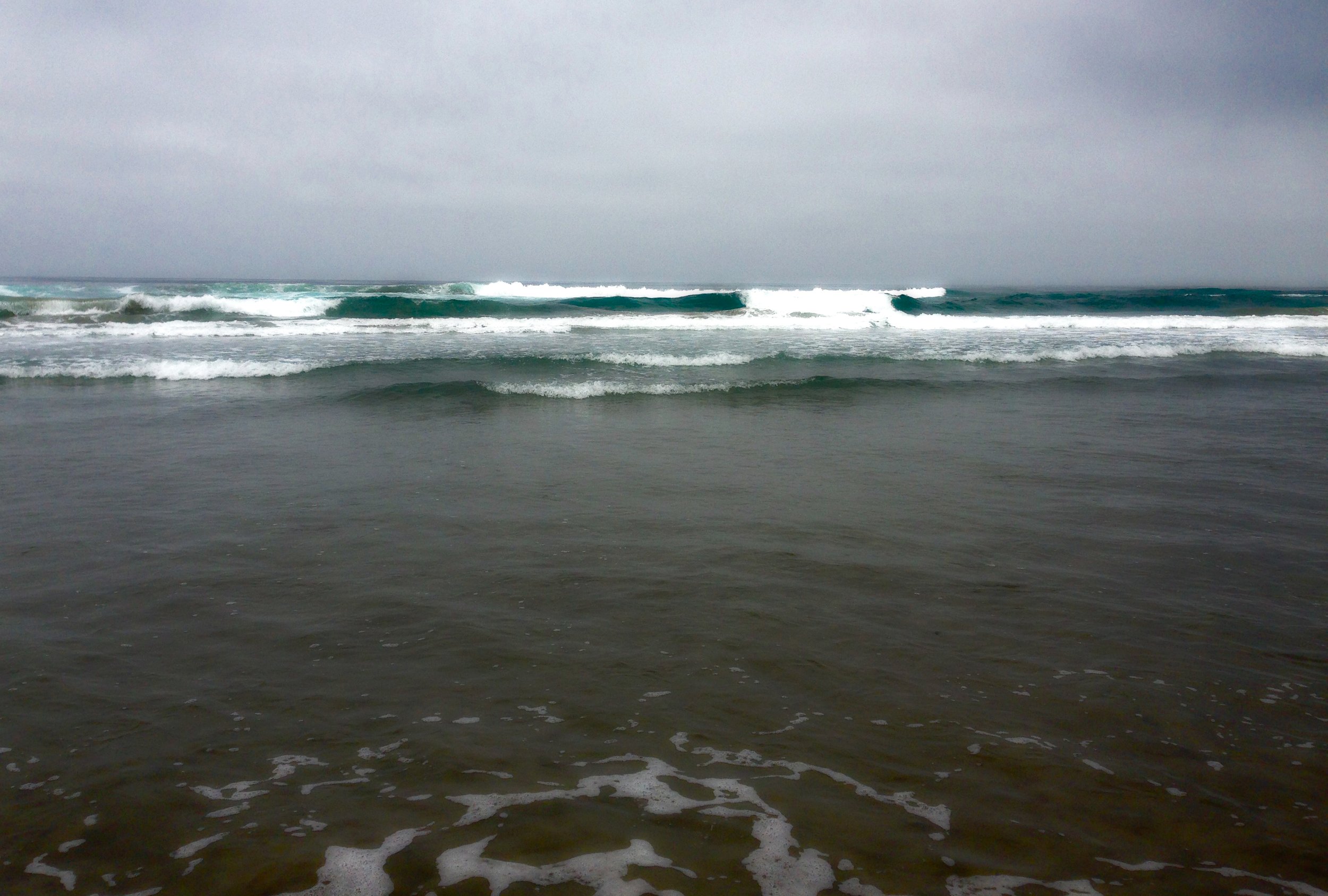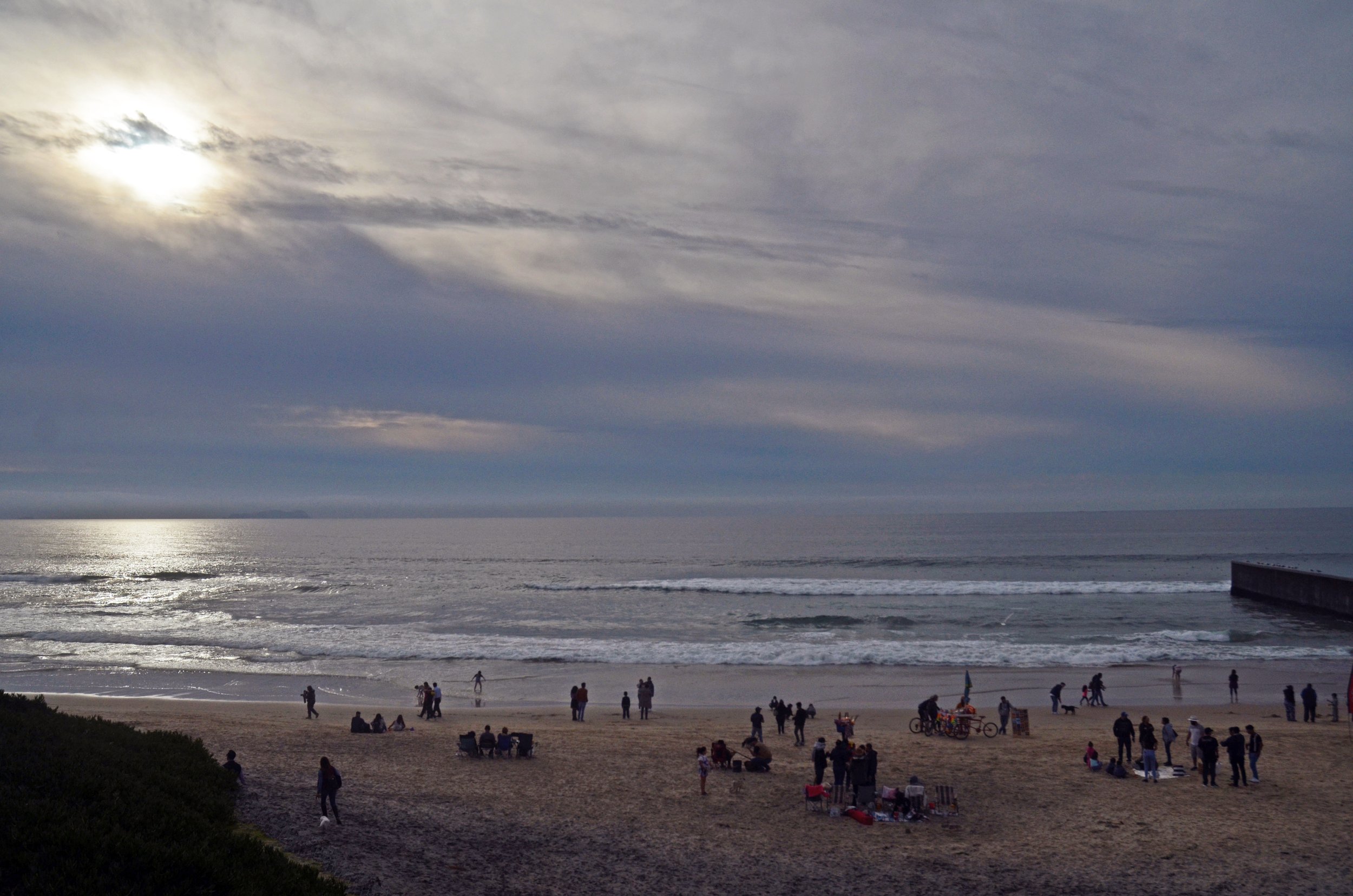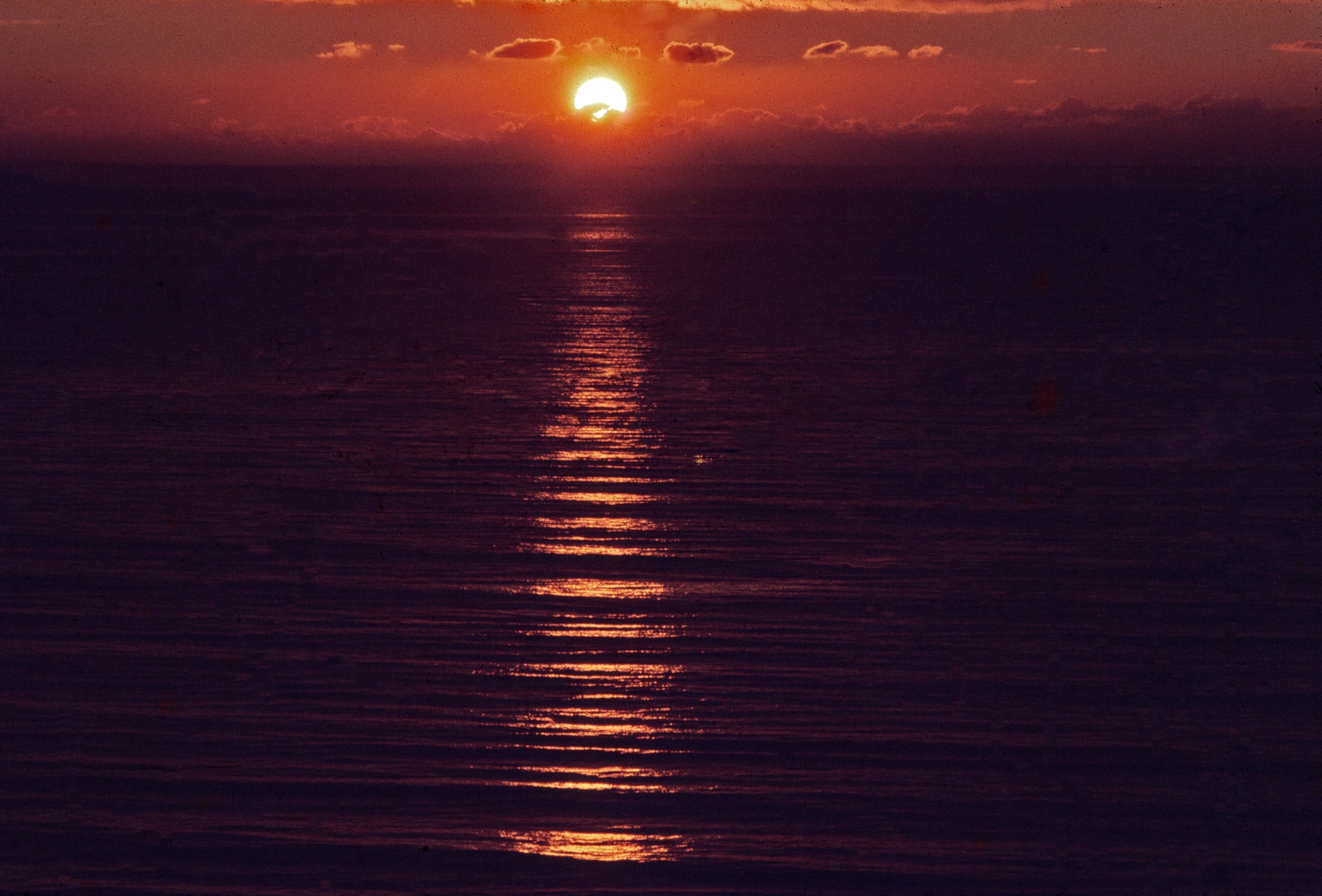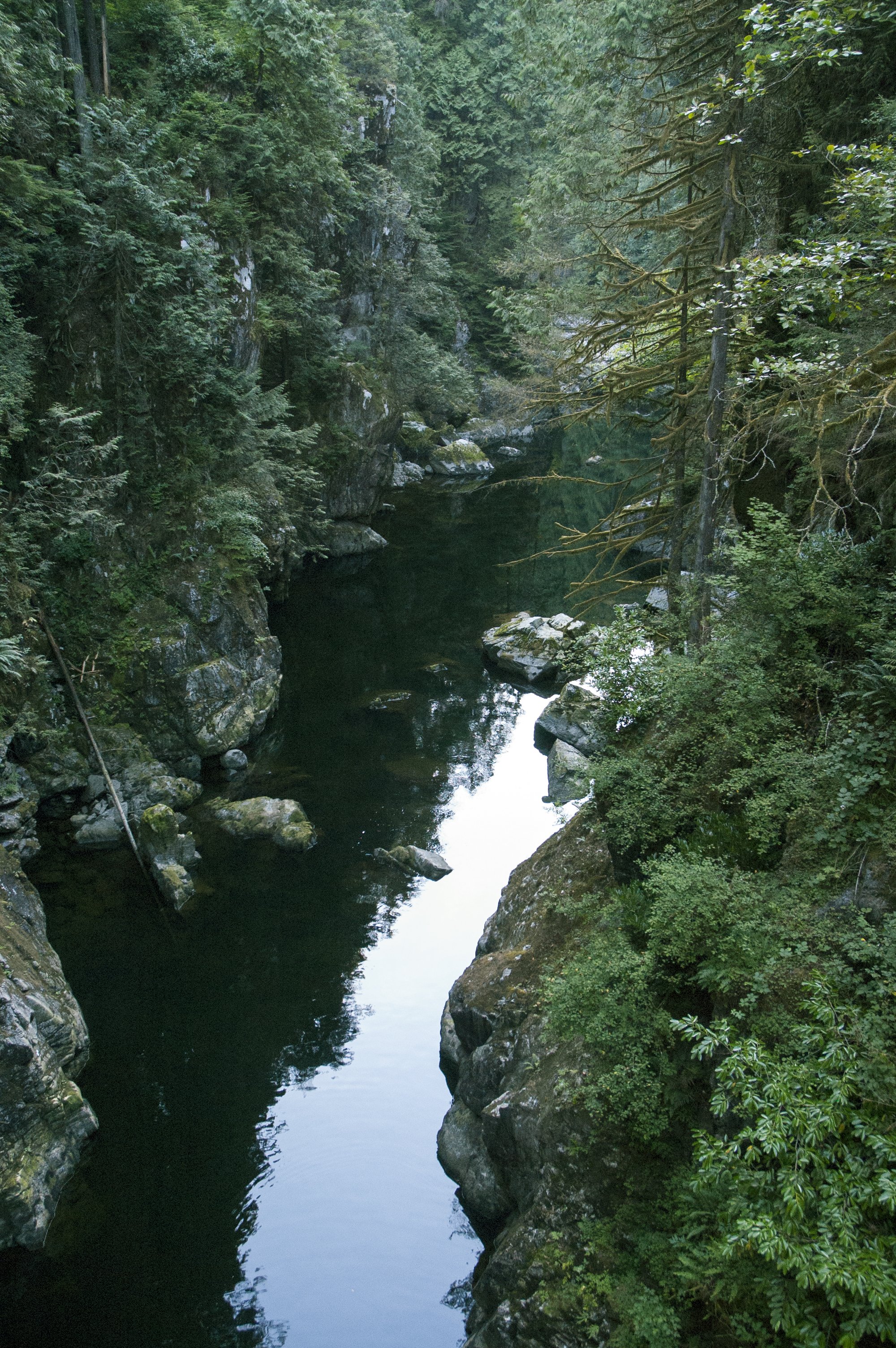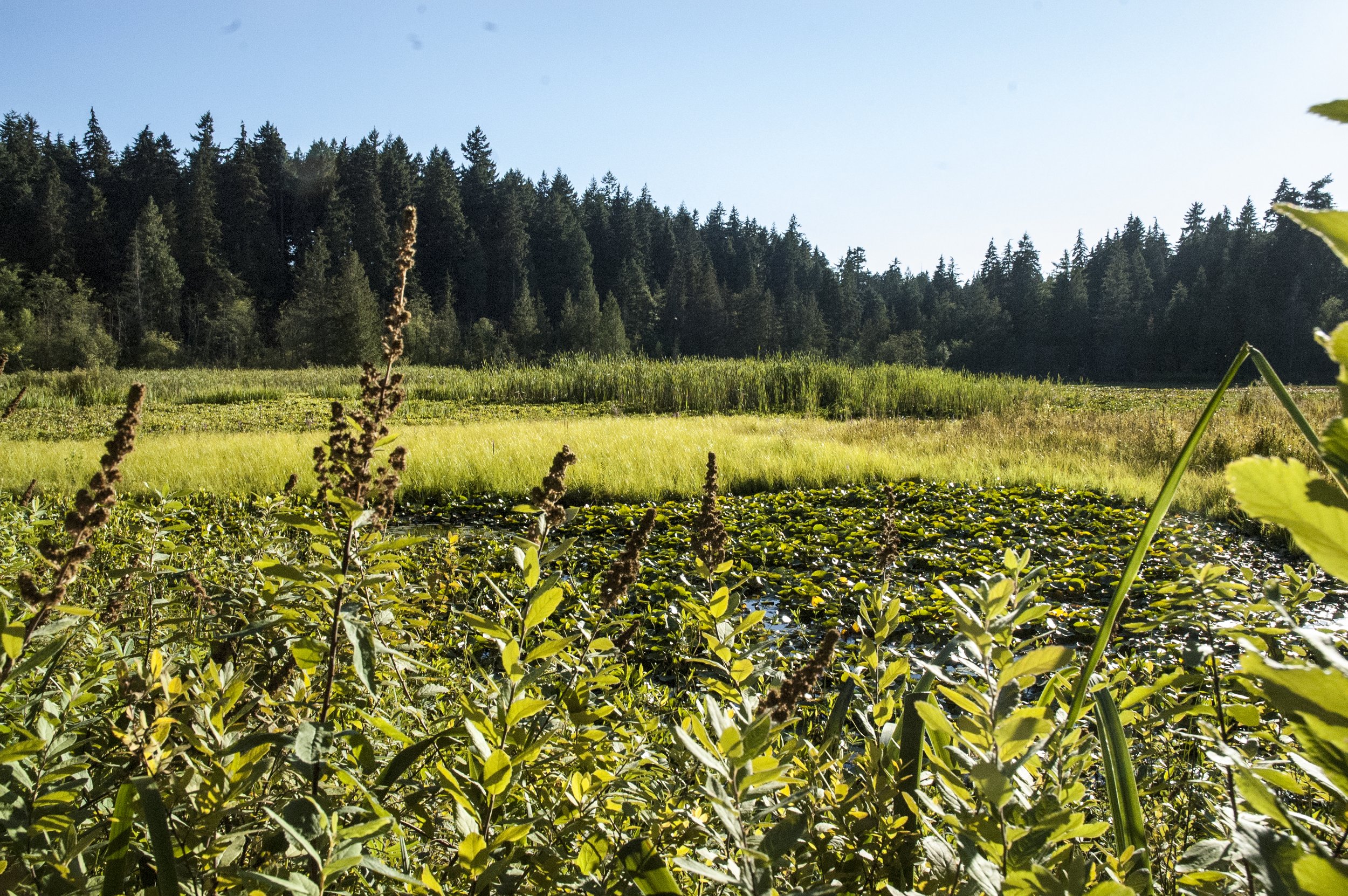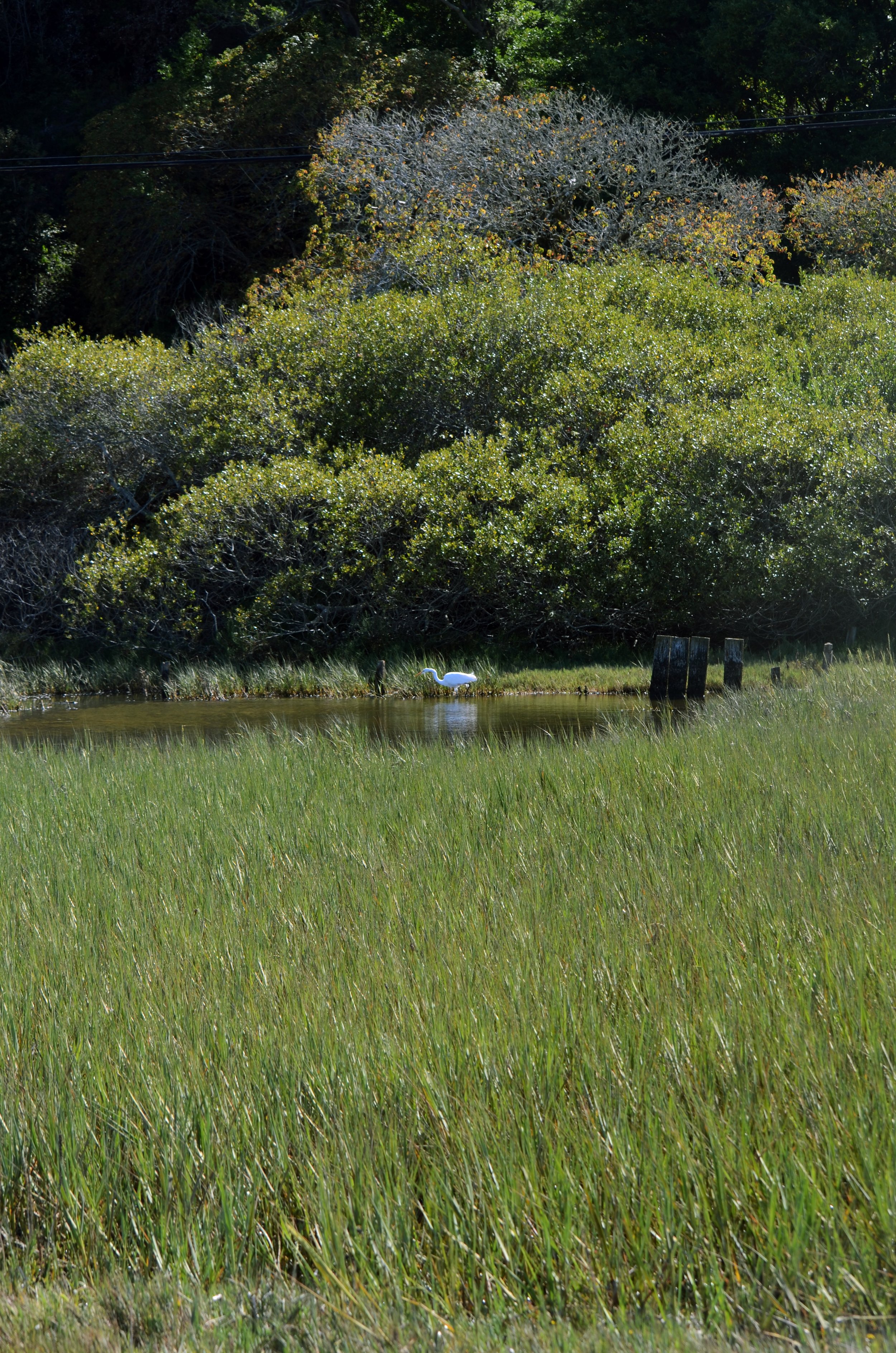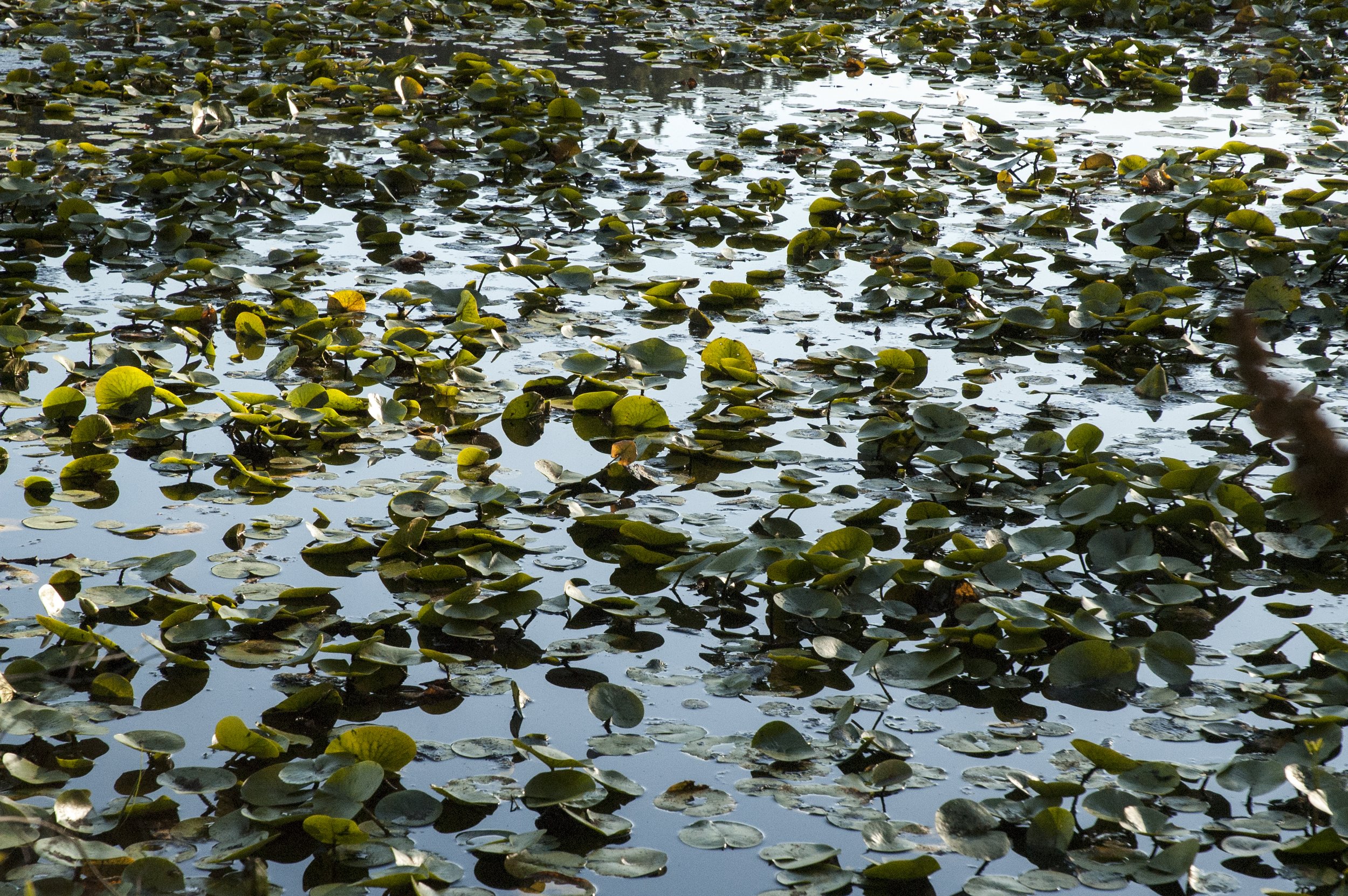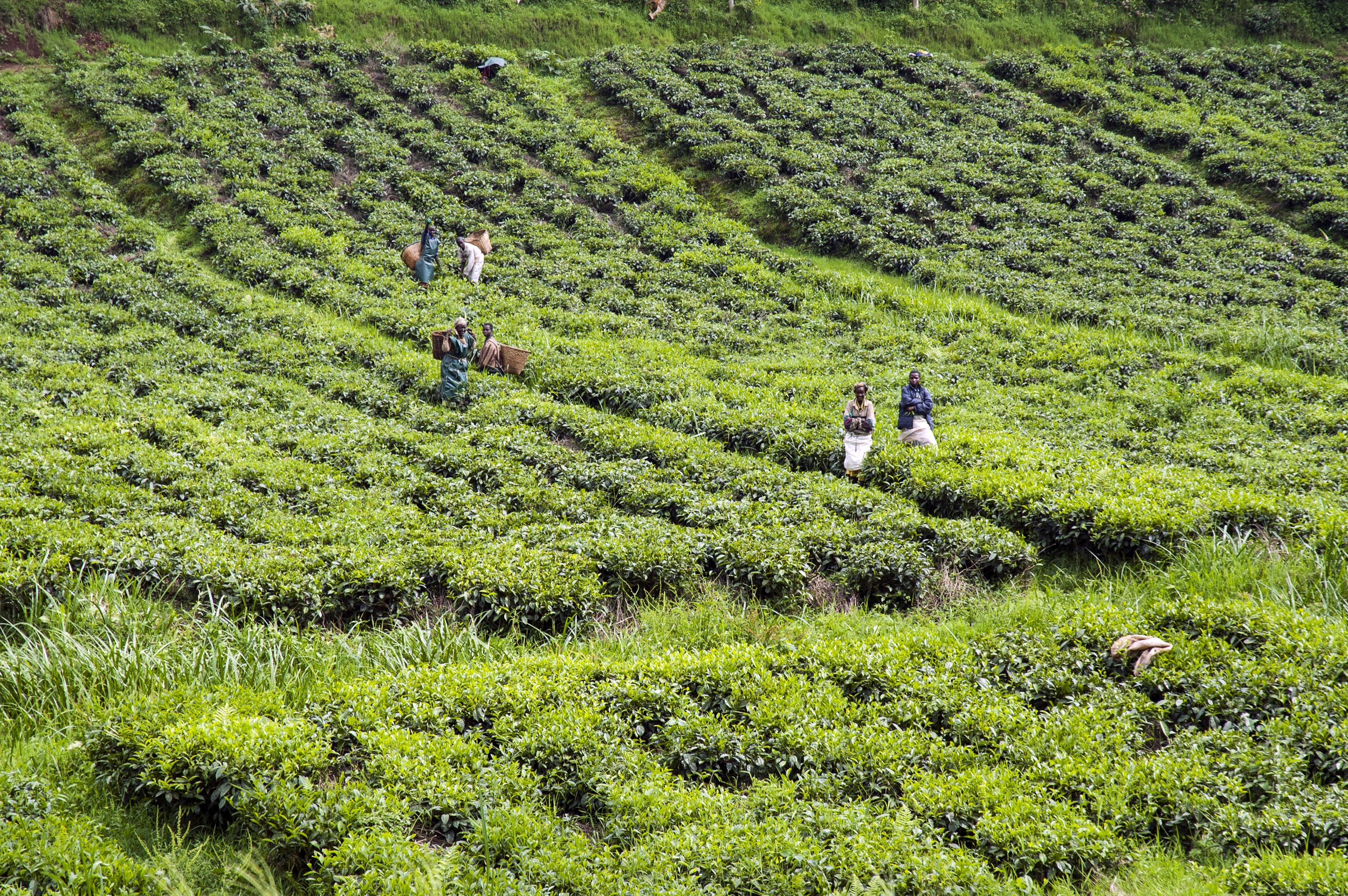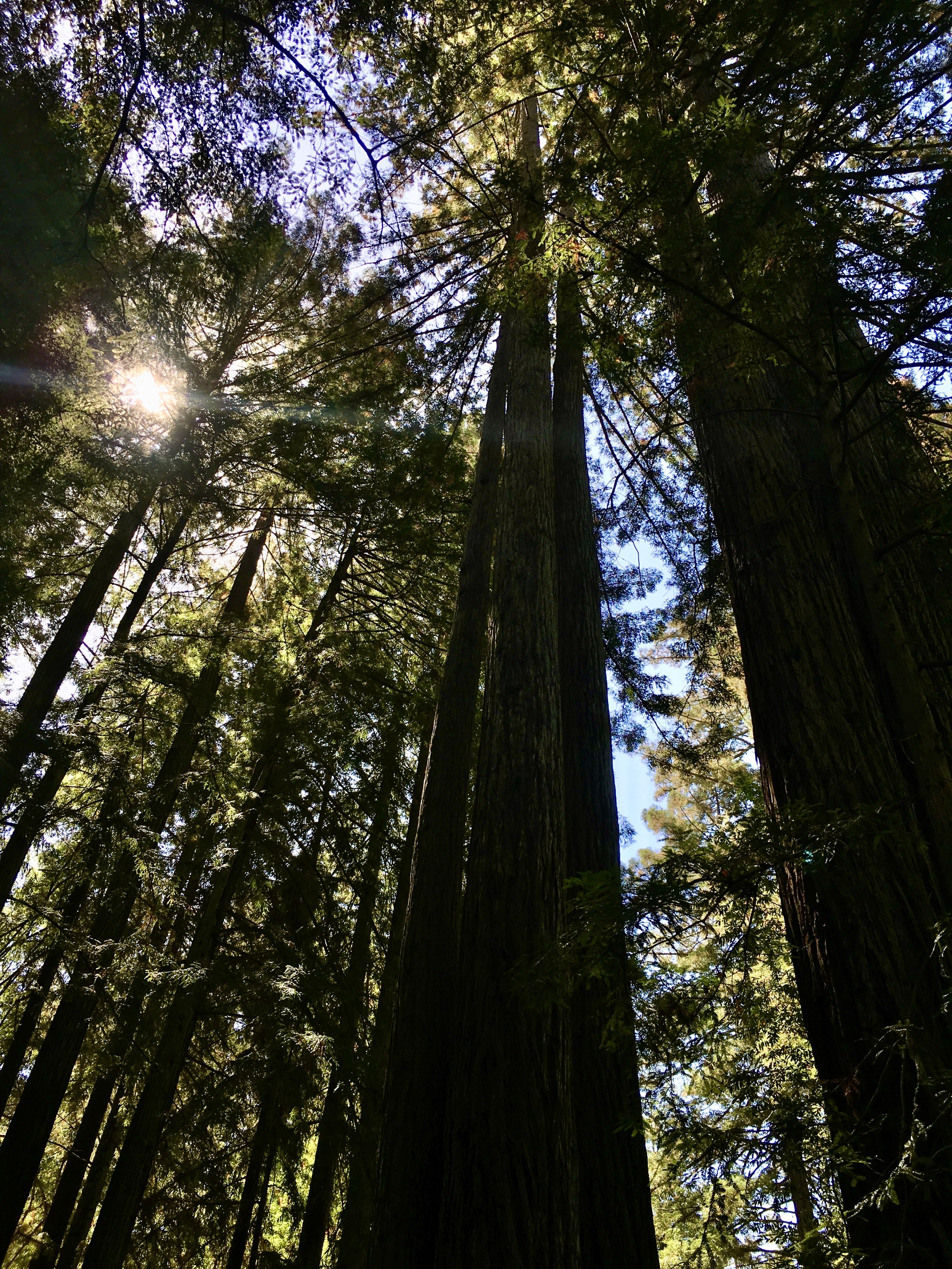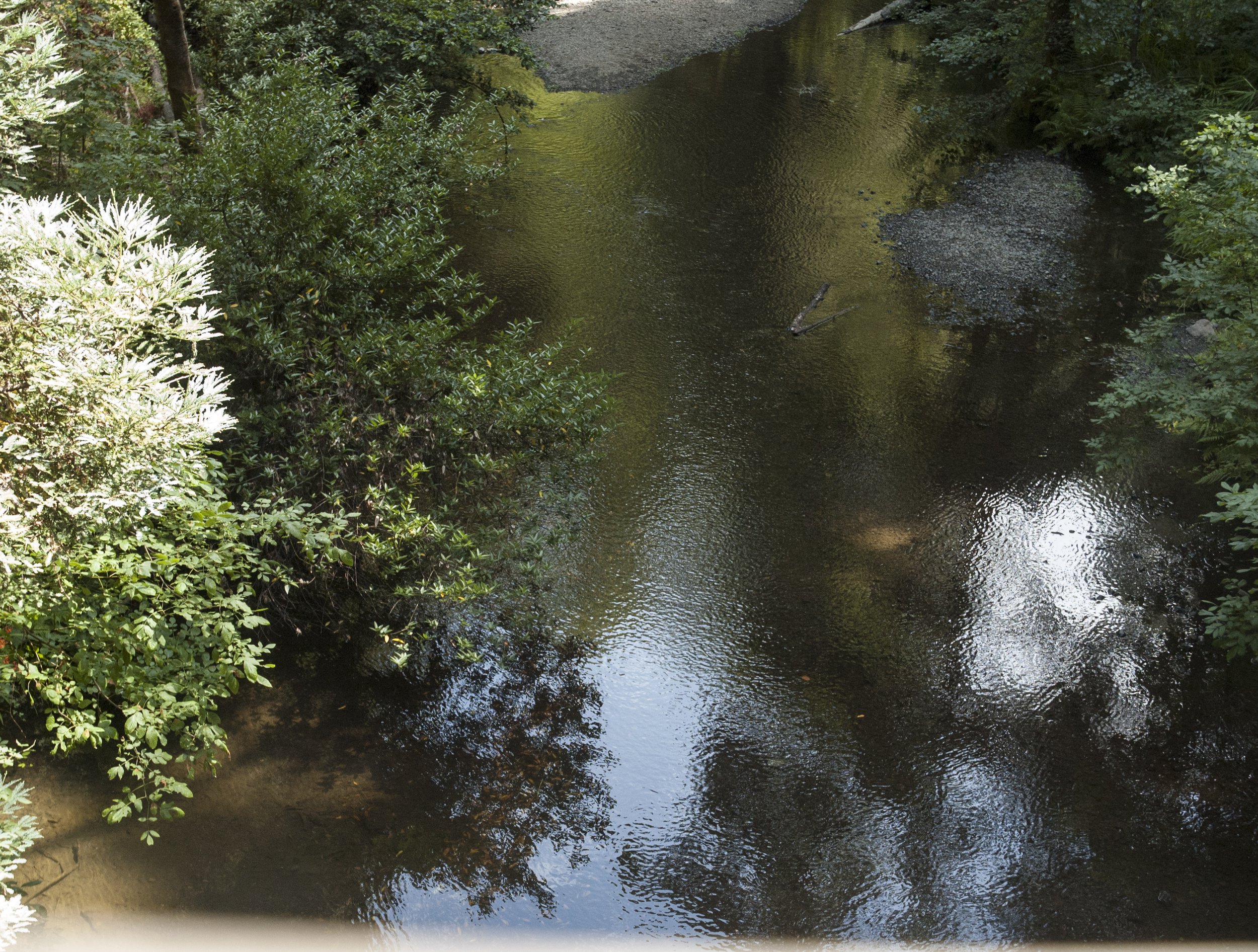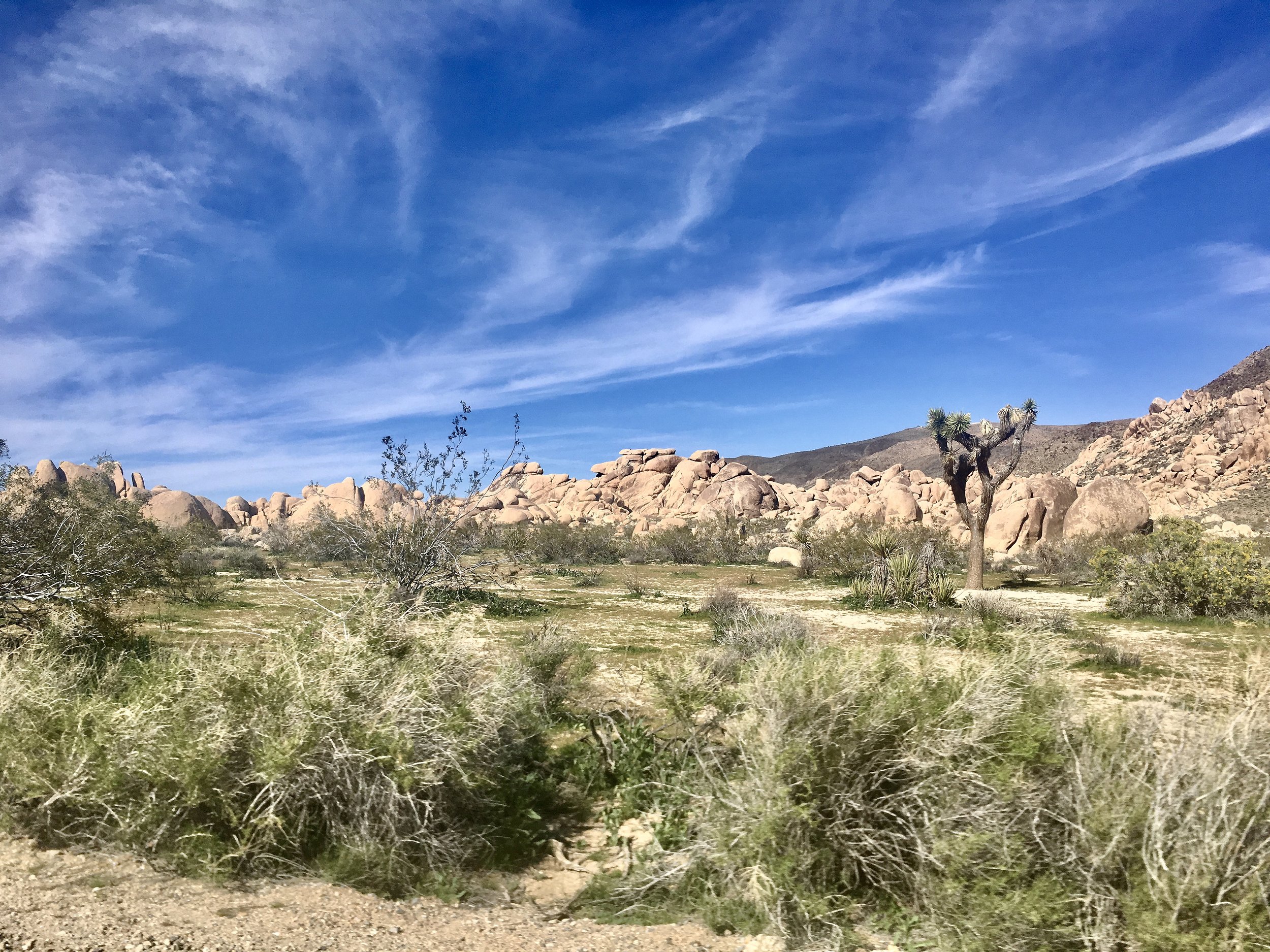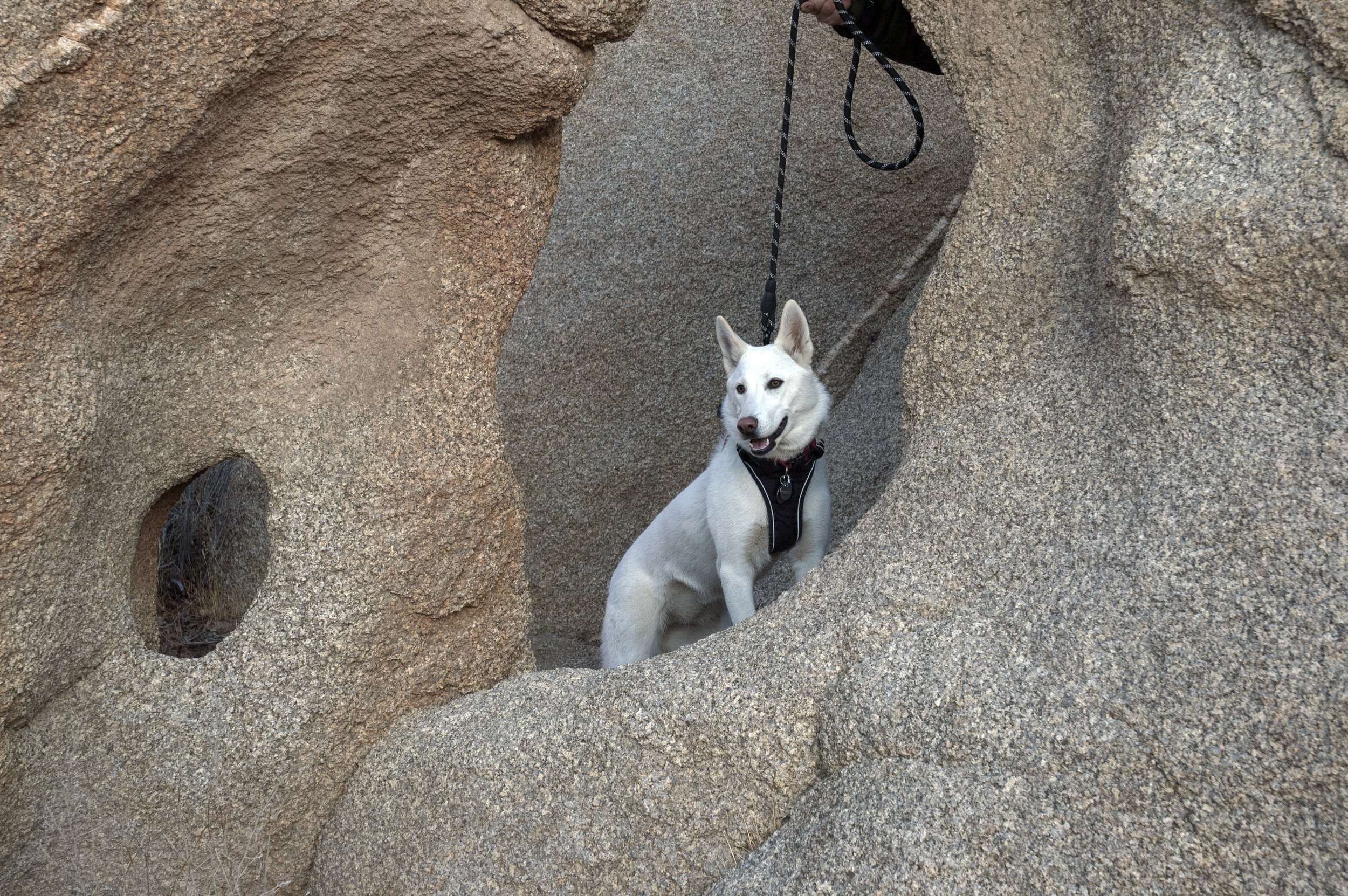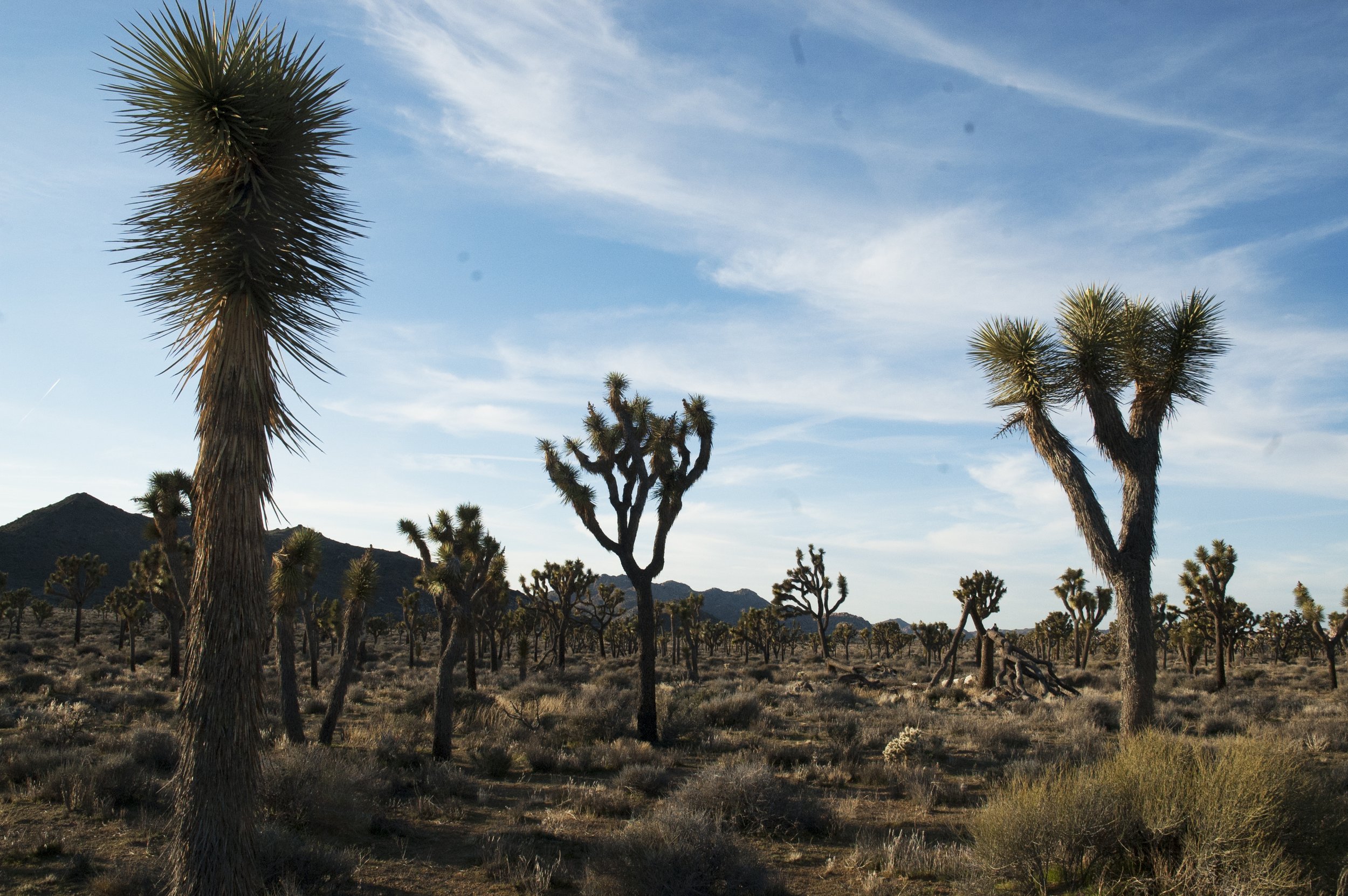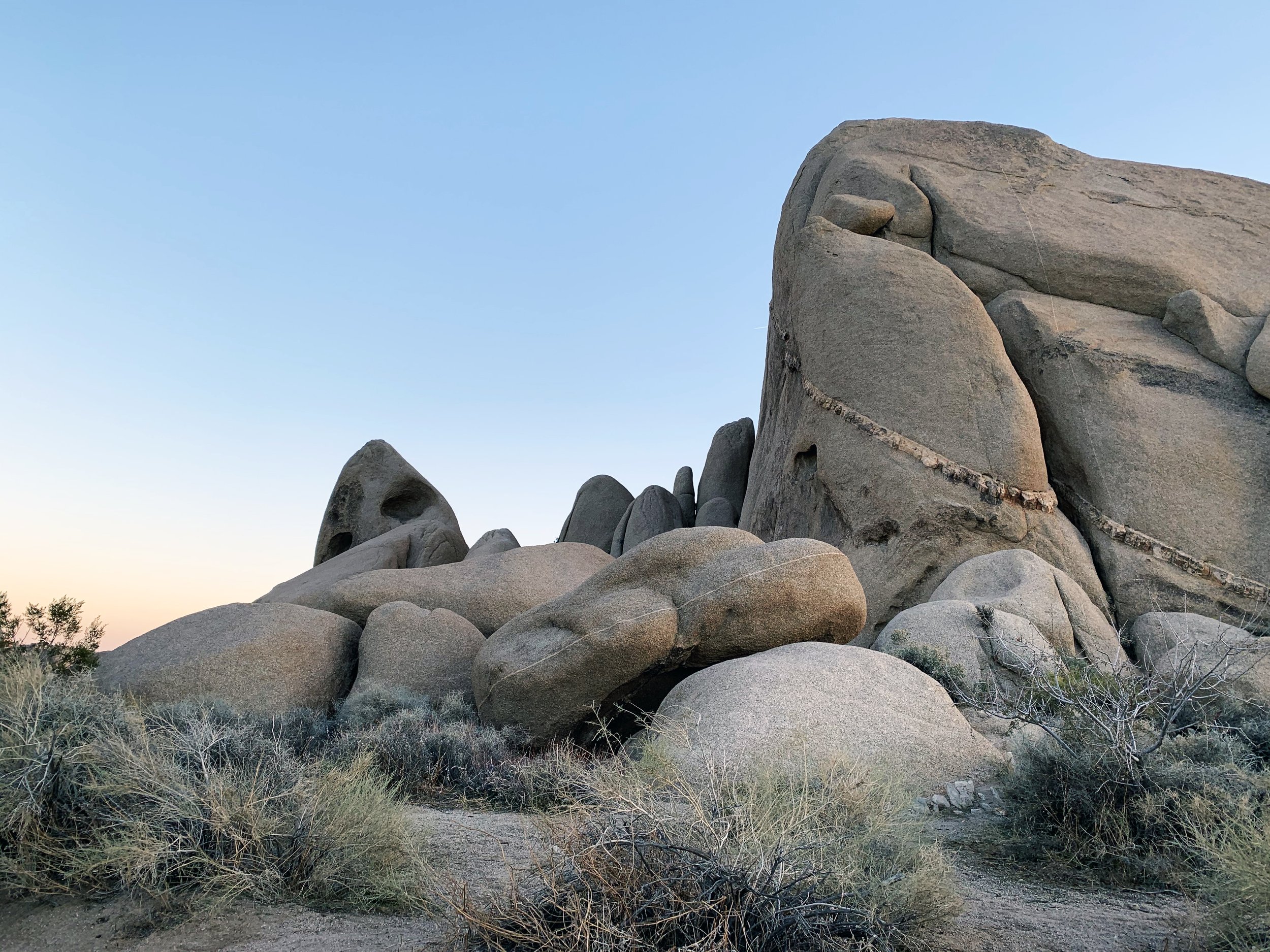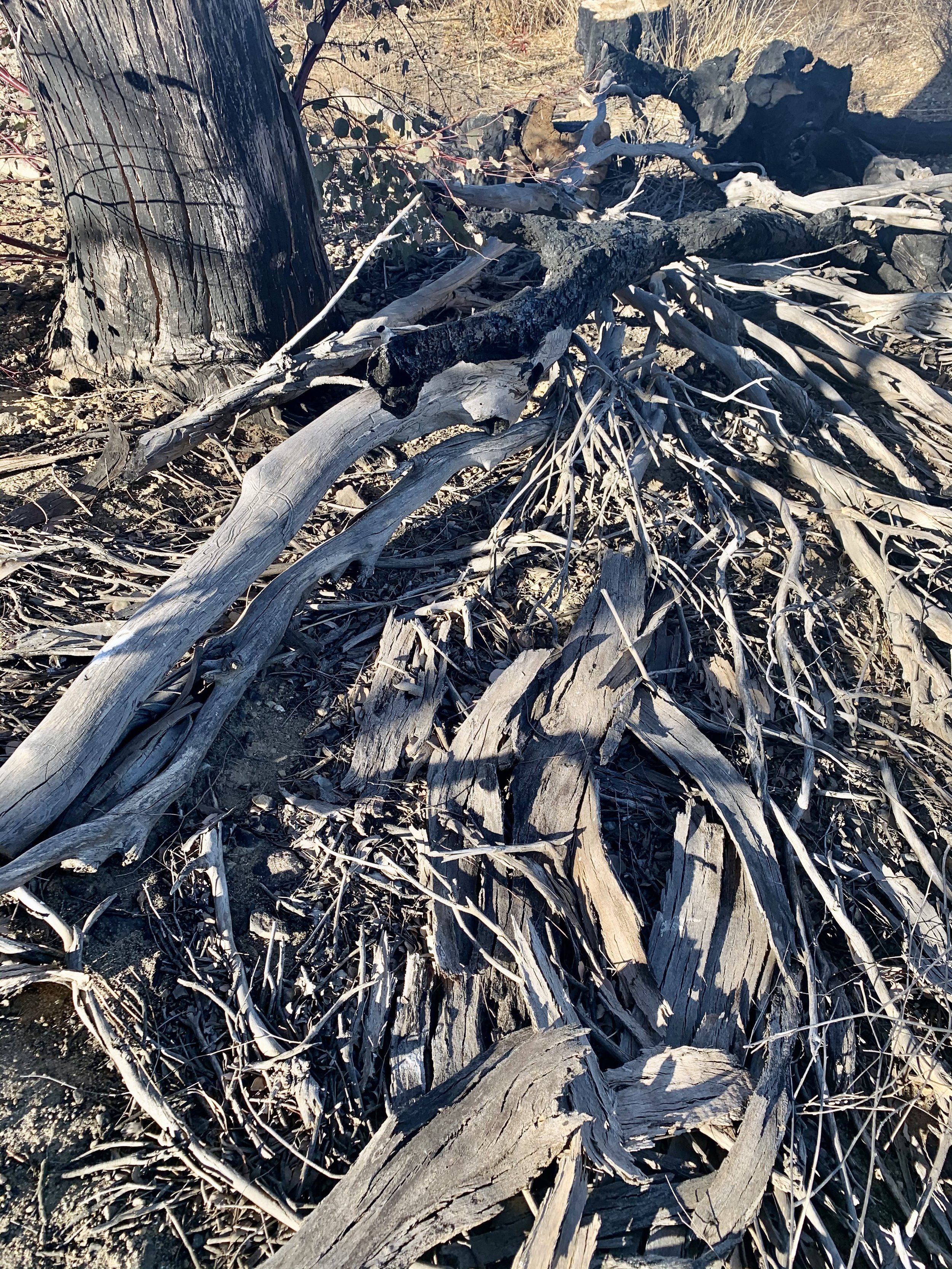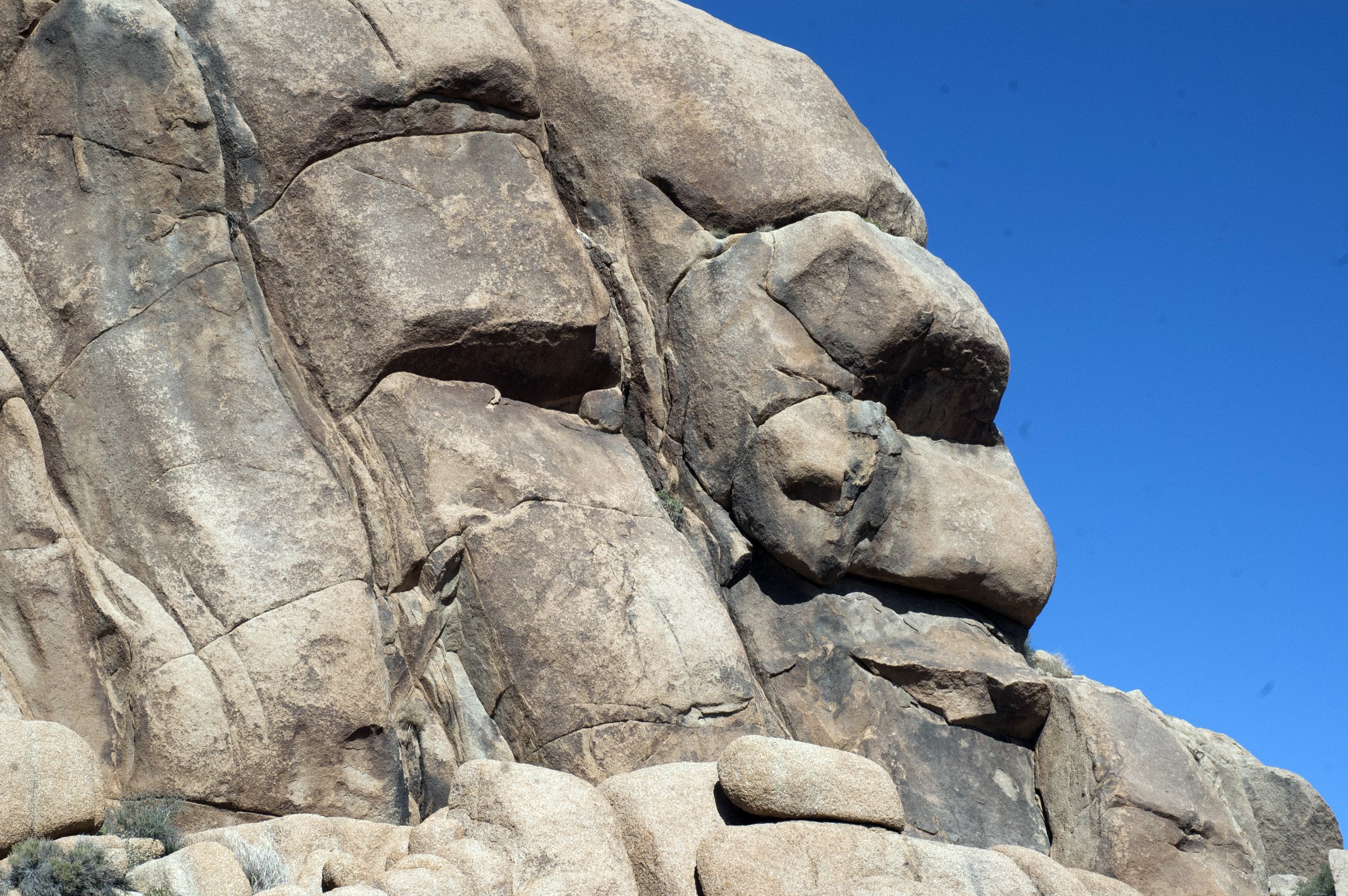The magnificence of the North Pacific is mostly unspoiled from British Columbia and down the Pacific Coast. My lens was transfixed by the raw clean power of the sea. The sheer force of a natural waterfall onto slate rock canyons is humbling. The dramatic dance of unpolluted rivers, streams, and waterfalls flow playfully throughout the Canadian Rockies. Yet in spite of this sacred beauty in the Pacific Northwest there is real concern that these commons could become contaminated. Unbridled consumption as well as unregulated fracking, mining and clear cut lumber practices, threatens even the most remote water resources. And the looming peril of global warming and historic draught in California demonstrates that our most treasured natural resource is far too vulnerable. The images in Water "“ The Driving Force Of Nature, should remind us what we could loose.From the pristine waters of North Pacific to the wild rivers of the Big Sur Coast and open expanse of the Mexican shore, pure water is vanishing and with it life as we know it. This is the first in a five part series.
In Pursuit of Freedom
I have spent my career documenting human rights battles across the globe. My latest body of work examines human rights questions much closer to home. In Pursuit of Freedom to illustrate what it’s like to travel along the U.S.-Mexico border — and elevates the humanity that’s often lost in polarized, politicized discussions about immigration, asylum and security.
Nearly a decade in the making, this project includes images of barriers along our sun-scorched southern border — a worn out shoe, discarded clothing, rusted can of food rations, walls, fences, steel and razor wire — contrasted with intimate depictions of families striving to navigate the divide. The pairing is intentional.
It feels like we most often look at the story of migration from a detention perspective here in the U.S. We’re not often looking at this story as a journey. We’re avoiding the moments and flashpoints that would bring us into the story. Taking that angle inspires a more human reaction and an ability to relate — maybe even a desire to help.
Most of the images in the exhibit would focus on individual faces, especially those of Central American refugees forced to wait on the Mexican side of the border as they apply for asylum to the United States. In one photograph, children in a temporary Tijuana shelter practice writing letters thanks to a classroom on wheels. In another, separated sisters hug during a three-minute visit at the border’s now-closed “Door of Hope.” And in another wooden crosses identify unmarked graves in the Terrace Park Cemetary, in Holtville, Calif., where hundreds of unknown migrants are buried — migrants who died on their journey northward.


